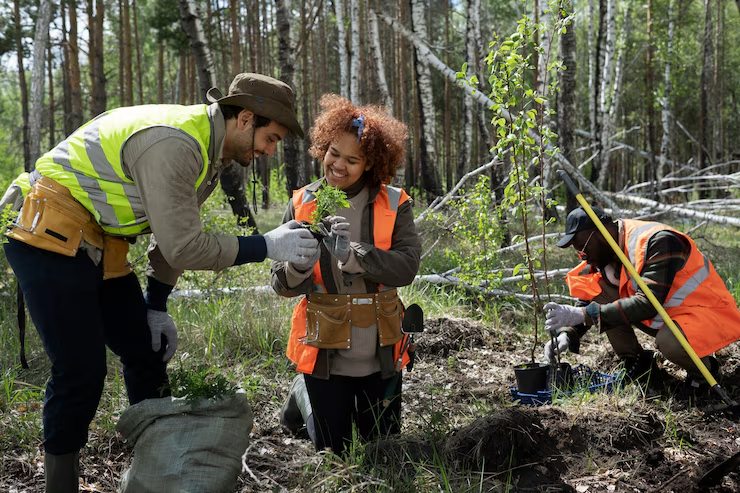
Trees add immense beauty, shade, and even value to our properties and communities. However, there are times when a tree can become more of a hazard than a benefit. Whether due to disease, age, storm damage, or structural instability, certain signs indicate it may be time to consider tree removal. Recognizing these warning signals is crucial for safeguarding your home, your family, and the public at large. Inaction can result in severe consequences, so it’s important to understand when the risks outweigh the rewards of keeping a problematic tree.
Common Indicators That a Tree is Hazardous
Not every leaning or damaged tree poses a direct threat, but several clear signs suggest a tree should be professionally assessed or removed. One of the most telling signs is visible disease. Trees infected by fungi, cankers, or sudden loss of leaves and branches could be on a rapid decline. Discolored or soft wood, mushroom growth near the trunk, or peeling bark are all symptoms pointing to internal decay. Once a tree’s structural integrity is compromised by disease, it can quickly become a hazard.
Storm damage is another common reason trees may need to be removed. High winds, ice storms, or heavy rain can cause a tree’s limbs to split or break, sometimes making the tree unstable. If you notice large, hanging branches, a severely leaning trunk, or cracks in the main stem, these are red flags. Even if the tree is still standing, such structural damage greatly reduces its ability to withstand future storms.
Overgrowth can also pose a risk, particularly when large branches grow too close to power lines, homes, or driveways. A tree that has outgrown its environment is more likely to become unbalanced and may drop branches without warning, endangering people and property below. Overgrown root systems can also disrupt sidewalks, foundations, and underground utility lines, posing further risks.
Dead or dying trees, of course, are among the most dangerous. A tree that no longer produces leaves in its growing season, has brittle branches, or sheds bark excessively is likely beyond saving. These trees are not only unsightly, but their weakened state makes them unpredictable; they can drop branches or fall over entirely with little provocation.
Tree Safety Risks and Dangers of Dead Trees
Ignoring hazardous trees can have dire consequences. For homeowners, the most immediate concern is the potential for injury or property damage. A falling branch or collapsing tree can cause severe damage to homes, vehicles, fences, and, most seriously, people. Even healthy-looking trees can fail unexpectedly during severe weather, but compromised trees are far more likely to do so with little or no warning.
Dead or diseased trees also create significant liability risks. If a tree on your property falls and causes injury or damage on a neighboring lot, you could be held financially responsible, especially if there was evidence that you ignored clear warning signs. Insurance companies may even deny claims in such situations, which can lead to devastating out-of-pocket costs.
Beyond the risk to private property, hazardous trees threaten public safety in parks, along roads, and near playgrounds. Communities rely on prompt and responsible tree maintenance to prevent accidents that could cause power outages or block emergency routes during storms. Dead trees are also more flammable and can worsen wildfire risks, putting entire neighborhoods at greater risk.
Delaying the removal of a problematic tree can have environmental costs as well. Diseased trees can spread pathogens to healthy trees nearby, leading to wider die-offs and changing local ecosystems. The longer a dead or sick tree remains, the greater the chance it can spread insects, fungi, or bacteria to its neighbors.
Taking Action: Protecting People and Property
While mature trees are valuable and often worth preserving, safety must always be a top priority. Regularly inspecting the trees on your property—and enlisting the help of certified arborists when you spot problems—can mean the difference between proactive maintenance and costly emergency removal after disaster strikes. Professional tree experts can diagnose issues, recommend pruning or bracing, and advise when removal is the only safe option.
Understanding the signs and safety risks associated with hazardous trees helps you take timely action to protect not only your investment but also the well-being of those around you. When in doubt, err on the side of caution—a beautiful landscape is not worth the risk of avoidable tragedy.
